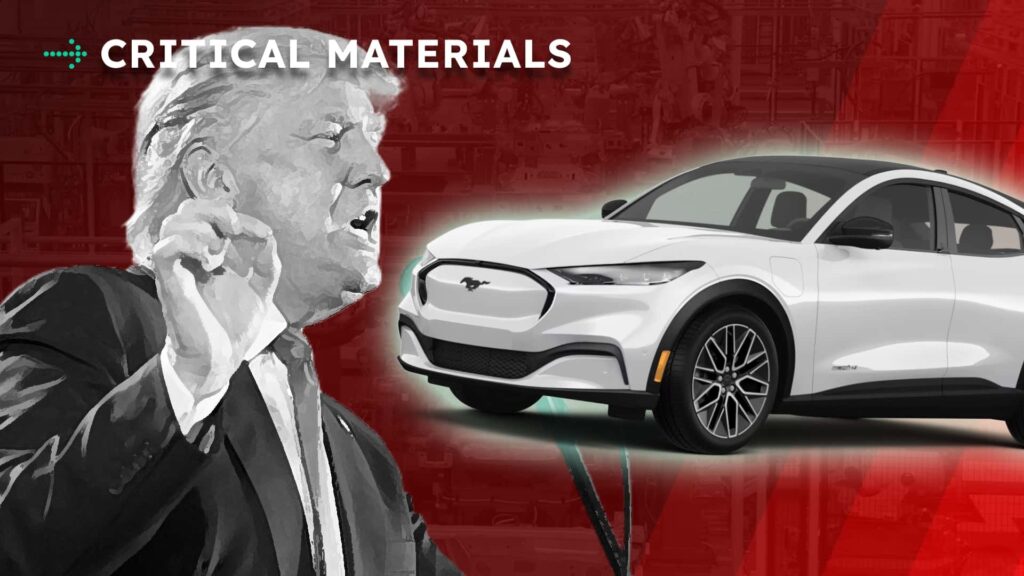The Thriving Electric Vehicle Transition in the U.S.
The electric vehicle (EV) movement in the United States is gaining momentum, with significant strides made in recent years. Remarkably, approximately one in every 12 new cars sold last year was fully electric, underscoring the nation’s growing embrace of EVs.
Leading the charge is Tesla, a pioneer in the EV market, which continues to dominate U.S. sales. In addition to Tesla, emerging startups like Rivian and Lucid are making promising contributions to the EV landscape. General Motors hit a milestone by selling over 100,000 EVs, and Ford secured the third spot for the best-selling EV model, following Tesla.
New manufacturing facilities are being developed across nearly a dozen states to support the production of electric vehicles. This expansion is part of a broader “battery boom” aimed at producing the essential power units for both electric and hybrid vehicles.
While the U.S. trails behind China in EV advancements, it holds a competitive edge over regions like Europe, where the EV transition faces significant hurdles. Comparatively, Japan’s efforts are still in the early stages, and South Korea, despite producing excellent EVs, struggles with limitations related to its size and reliance on exports.
Challenges in Implementing Anti-EV Initiatives
Despite former President Donald Trump’s anti-EV rhetoric and his executive order to overturn previous policies promoting EVs, reversing the momentum of the EV movement in the U.S. proves challenging. Legislative processes involving changes to the EV tax credit and the Inflation Reduction Act require congressional approval.
Moreover, regulations from the Environmental Protection Agency (EPA) that drive EV growth are subject to lengthy rule-setting procedures. States like California have committed to banning new gas-powered car sales within a decade, further solidifying the EV market’s foothold.
The Alliance for Automotive Innovation advocates for continuing the EV tax credit, emphasizing the need for U.S. automakers to compete with China’s dominant EV production. “China’s strategic focus on EVs has propelled it to global leadership,” the industry trade group stated, highlighting the importance of maintaining support for American EV manufacturers.
Legacy automakers foresee a future where increased EV sales will transform current losses into profitability, drawing parallels with Tesla’s successful scaling of EV production. The potential for higher profitability in EV manufacturing, due to fewer moving parts compared to gasoline-powered cars, is a driving factor.
Europe’s Struggle with EV Market Growth
While the U.S. auto industry experiences growth, Europe faces stagnation in new car sales, including EVs. High inflation and energy costs, coupled with the removal of EV subsidies, have dampened demand. The introduction of potential new tariffs could further challenge European automakers.
According to the European Automobile Manufacturers’ Association (ACEA), new-car registrations saw a slight increase of 0.9%, while sales of fully electric vehicles decreased by 1.3%. The drop in EV demand poses challenges for automakers as stricter EU emissions targets necessitate increased EV sales.
China’s EV Market: A Year of Consolidation
China’s dominance in the EV sector is accompanied by challenges such as industry consolidation and slowing sales. Analysts predict a 20% increase in new energy vehicle sales, with leading companies like BYD and Tesla maintaining profitability. However, the market’s oversaturation and financial struggles among lesser-known brands may drive further consolidation.
HSBC analysts highlight the unsustainable nature of the current market dynamics, predicting a rapid acceleration in industry consolidation. “A lot of customers, the automakers, they’re not in a good financial state,” noted Appotronics Chairman and CEO Li Yi, emphasizing overcapacity issues.
Strategizing for EV Success in the U.S.
As the EV transition gains traction, policymakers and industry leaders are tasked with balancing innovation and regulation. Crafting policies that support job creation and technological advancement while addressing the evolving needs of the auto industry will be crucial in maintaining the U.S.’s competitive edge.
Original Story at insideevs.com
